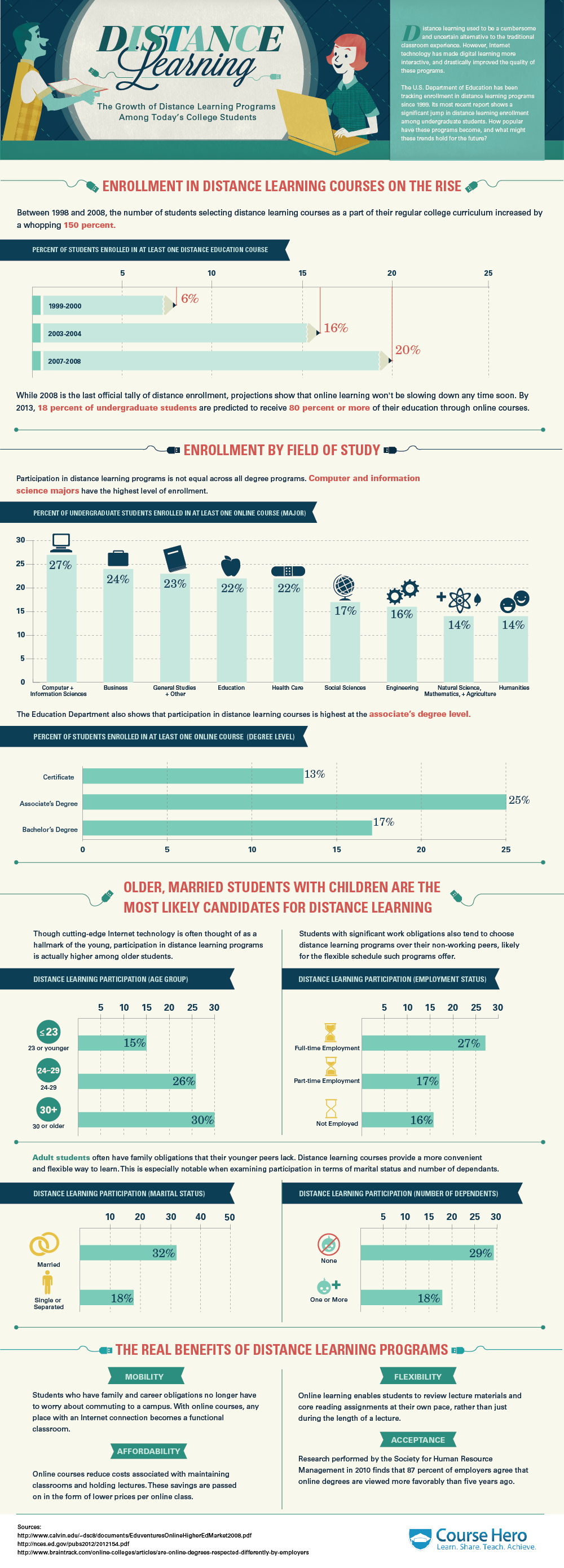Speculators and Dutch auctions
Knowing that domain names may indeed have a high fair market price and value, I was not sure whether the price quotes I got from the speculators were actually fair. I concluded that domain names had a subjective situational value behind them. My observation is that good speculators know this to be true, and so they engage in a form of a Dutch auction: they always bluff initially, start with a high price and then reluctantly reduce it in small increments to a level that can be accepted by the interested party.
Prof. Keith Weigelt who taught my Managerial Economics class at Wharton is a big fan of auctions: he proves that auctions are a great tool for extracting maximum value from the market. Combining the Dutch auction approach with the asymmetry of information on the domain name market gives the speculators a wonderful opportunity for perfect price discrimination, i.e. whatever price is paid by an individual for the domain name is always the maximum price that this individual can afford. This means that no price quote from the resellers was ever going to be fair, and I would always be taken for a ride. This is what Nassim Taleb would probably call “the sucker’s game”, and it certainly was not something I wanted to engage in.
This led me to the conclusion that I should avoid the resellers altogether and not waste money (as should anybody who wants to register a domain name) and instead find a different way to solve this problem.
Asymmetry is the solution
So I looked at all the wildly successful web companies, like Zynga, Twitter, Google, Yahoo! or Pinterest, and concluded that the brands they chose—let’s just agree that web domains are brands—did not represent gaming, micro blogging, search or social media before they attached the meaning to these bizarre words. If someone said “zynga” in 2000, it would be just an empty sound, and not be synonymous with anything. By the same token, the word “google” meant nothing in 1997, etc. However, even back then these words would evoke a “feeling”, which could be a foundation for branding.
Therefore, avoiding speculators and auctions was possible only by beating them at their own game by going totally asymmetric and contrary to popular belief.
I needed to achieve three goals:
- understand what kind of brand the market truly wants
- understand the true potential of the semantics of the names on my list, i.e. understand if any of the “cool” brands were at all appropriate and applicable for the cause
- avoid paying a high price for the domain
I decided to play with the following concepts from linguistics and marketing: minimal semantic units, semi-words and conjoint analysis (Prof. David Reibstein‘s SABRE game at Wharton proved very useful and practical). To put simply, my idea was to do the following:
- Come up with a new list of seemingly bizarre neologisms consisting of two or three minimal semantic units. This way, the chance that the speculators are holding these domains is very, very slim.
- Understand what qualities the market seeks in a domain name for an educational marketplace, i.e. define a semantic etalon with the ideal qualities that a brand like this should have.
- Test if any of the neologisms from the new list are close to the ideal, and choose the closest one.
So that’s what I did, and in my next post I will describe the process in more detail.
Stay tuned for more details on Wednesday, May 16.

